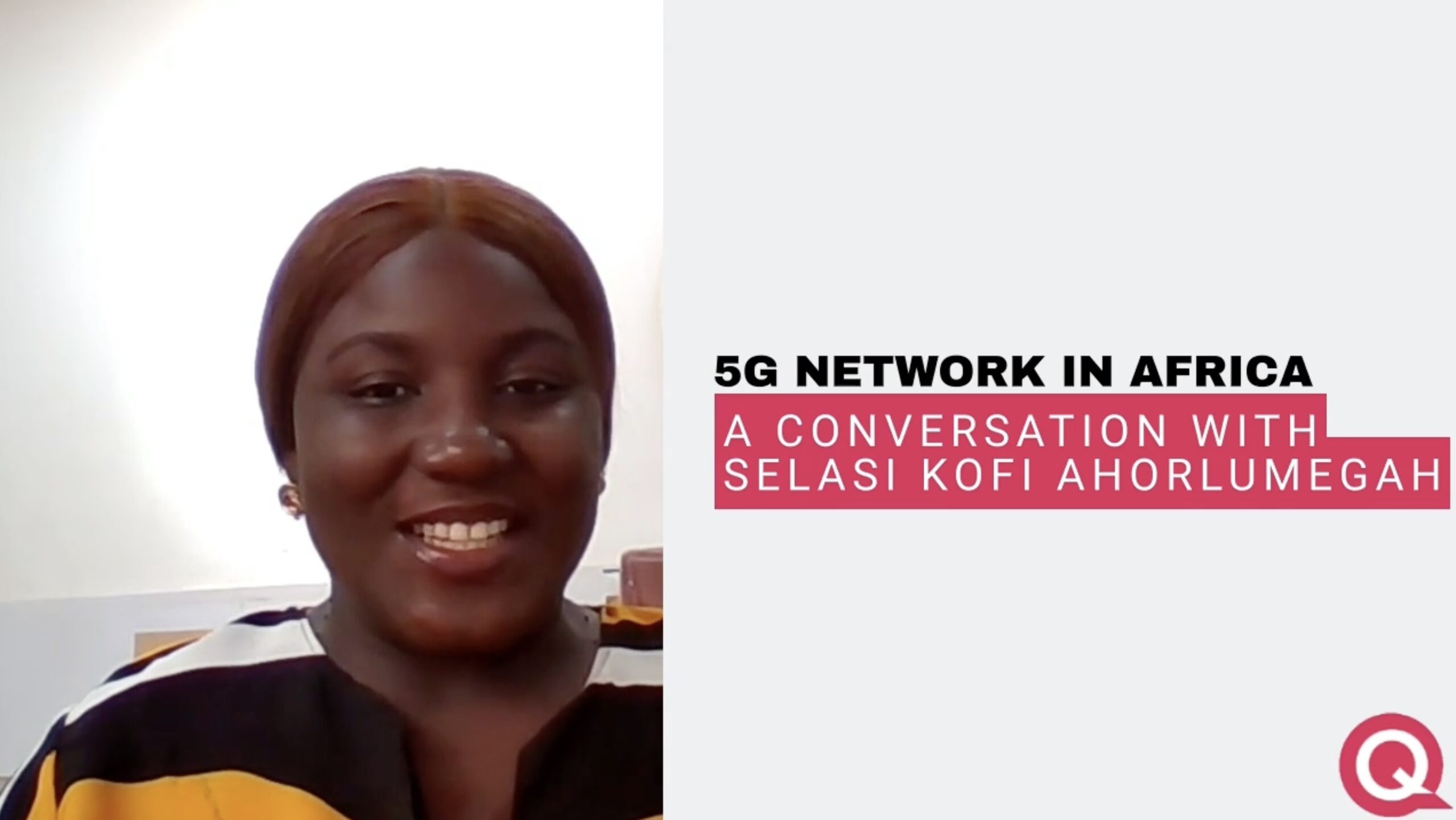Is there a secret to longevity? This health expert says 1,000% yes
In the era of social media, post-COVID, and with mental health at the forefront, a shift is taking […]

Images of astronauts in oversized space suits and the first steps on the Moon spring to mind when we think of the Apollo 11 mission. But that “giant leap for mankind” was actually made possible by a group of exceptionally intelligent people working behind the scenes, and Margaret Hamilton, a trailblazing computer scientist, was a key member of that group.
The software that allowed the Apollo 11 spacecraft to land on the Moon safely in 1969 was developed under Hamilton’s direction. Her innovations were so revolutionary that they influenced the development of software engineering as a discipline in and of itself.
Not only did Margaret Hamilton participate in the Apollo 11 mission, but throughout her tenure at the Massachusetts Institute of Technology (MIT), she oversaw the creation of the onboard flight software for NASA’s Apollo missions.
In her capacity as the head of MIT’s Instrumentation Laboratory’s Software Engineering Division, she managed a group of programmers that wrote the code for the Apollo spacecraft’s guidance and navigation systems. This wasn’t just any program, though; it needed to perform flawlessly in outer space, one of the harshest settings on earth.
Hamilton’s work was instrumental in allowing astronauts Neil Armstrong, Buzz Aldrin, and Michael Collins to reach the Moon. Her code, in fact, played a critical role during the tense moments of the lunar landing, when an overloaded computer threatened to abort the mission. The software was designed to prioritise critical tasks, and in that crucial moment, it directed the system to focus on the lunar landing, allowing Armstrong and Aldrin to safely land the Eagle module on the Moon’s surface.
At a time when the term “software engineering” wasn’t even widely recognised, Hamilton was not only breaking new ground as a woman in a male-dominated field but also shaping the future of software development itself. She coined the term “software engineering” to elevate the discipline’s status, arguing that software development should be treated with the same rigor and respect as traditional engineering.
Hamilton’s approach to software was revolutionary in the 1960s. At a time when coding was seen more as a secondary or supportive task, she understood the importance of designing software that could handle unexpected errors and prioritize tasks in real time. Her innovations included fault-tolerant computing, where systems are designed to continue functioning even in the face of hardware or software failures—an essential capability for space missions where there is no margin for error.
Hamilton’s work was put to the ultimate test during the Apollo 11 mission. The onboard computer of the Lunar Module started to display warning signals as it descended to the Moon’s surface, indicating that it was overworked. The program that Hamilton and her team had developed activated in a high-stakes scenario that would have resulted in a mission abortion.
The computer’s design allowed it to automatically focus on the most important tasks, enabling the astronauts to safely descend further and land on the moon. The mission could have concluded quite differently if there hadn’t been an integrated prioritisation system.
NASA acknowledged that Hamilton’s software prevented the mission from failing following the successful landing. Her performance came to represent the importance of programming to the overall success of the space program, and her work laid the foundation for many principles that are still used in modern software engineering.
Margaret Hamilton’s contributions to Apollo 11 and the field of software engineering have gained increased recognition over the years. In 2016, she was awarded the Presidential Medal of Freedom, the highest civilian honour in the United States, by then-President Barack Obama. During the award ceremony, Obama said that Hamilton “helped pioneer the concept of software and developed the onboard flight software that allowed the Apollo 11 spacecraft to land safely on the Moon.”
A new generation of women and men interested in STEM fields (science, technology, engineering, and mathematics) is motivated by her accomplishments. In addition to her technical prowess, Hamilton broke down boundaries by being a woman in a field that was predominately male at the time. Her work serves as a reminder that every great accomplishment frequently has unsung heroes whose skill and commitment make the seemingly impossible feasible.

In the era of social media, post-COVID, and with mental health at the forefront, a shift is taking […]

With its fast speeds and revolutionary potential, 5G stands out as a noteworthy milestone in the field of […]